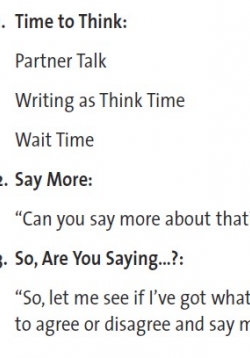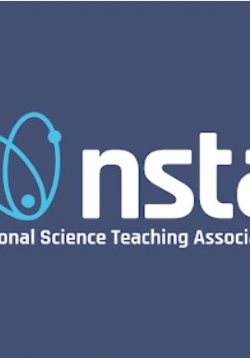
A simple reference for all student ages of talk moves and activities that educators can use to facilitate productive academic dialogue around new topics.

A simple reference for all student ages of talk moves and activities that educators can use to facilitate productive academic dialogue around new topics.

A fantastic article that highlights the necessity of incuding culturally-responsive approaches to STEM pedagogy. A great primer for understand culturally responsive and sustaining pedagogies in a STEM context.
Throughout this creative, hands-on Unit, students are challenged to scale up every Disciplinary Core Idea and Science & Engineering Practice they’ve learned - from simple electricity generation, to building their own stereo speakers and DIY electric...
Students develop atomic and molecular models of energy resources, analyze combustion of various fuels and build circuits with Photovolatic (PV) modules to evaluate and suggest revisions to a disaster preparedness supply list. They then research and...
Through an examination of media published in the five months following Hurricane Maria in 2017, students will develop an understanding of the electrical grid, the vulnerabilities of a grid system, and the immediate and long-term challenges of living...
Begin this session by setting some ground rules for science discourse. Explain to students that as we work on this unit, and science in general throughout the year, they will be asked to share their thinking about science concepts.
In the first part of this activity, students participate in a role play activity – understanding the needs of different people living and working around the world. Each character express their unique perspective on climate change and impacts to their...
Students will be introduced to Solar Cookers International. Students will learn about different solar cooker designs and how they function. Students will learn the pros and cons on the use of solar ovens in developing countries. Students will gain an...
Bonneville Environmental Foundation
1500 SW 1st Avenue, Suite 710
Portland OR 97201
phone: 503-248-1905